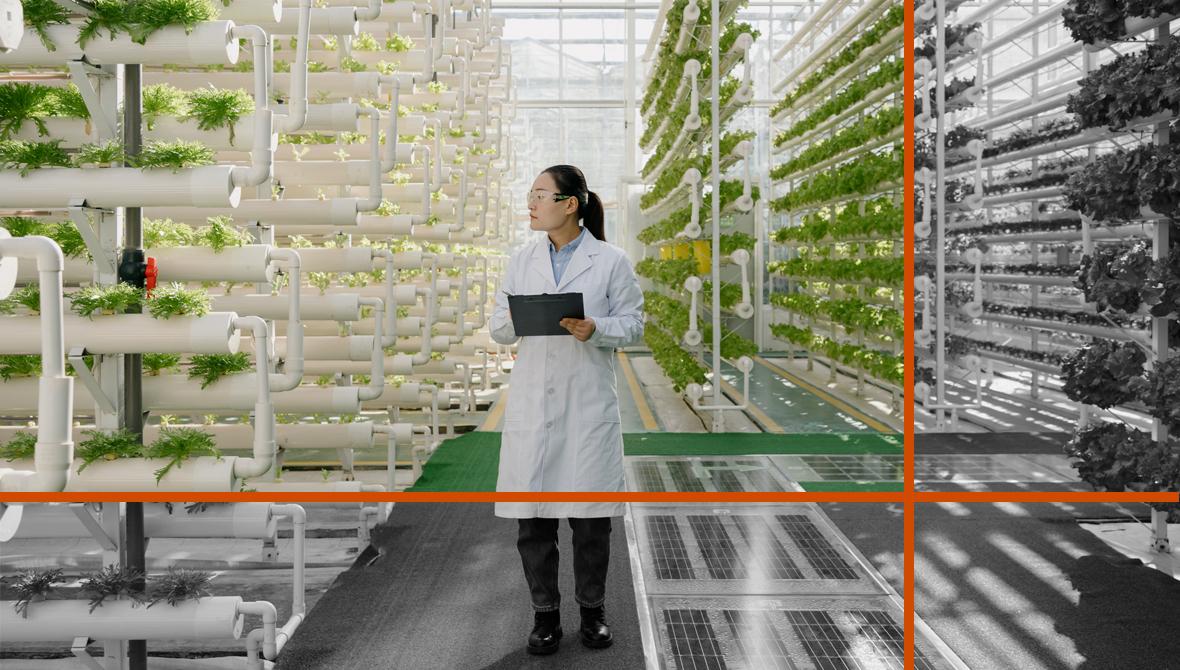How innovation happens
Innovation is like a garden — you need to create an environment where it can flourish.

When you live and work in Silicon Valley and talk about it with people who don’t, you get used to a look in their eyes that begs, “What’s the secret sauce?” People know it’s where innovation happens, and many want to know how they can make it happen where they work, too.
It is indeed a celebrated hub of activity, with a strong network of skilled professionals and investment that drive good ideas. But it by no means holds a global monopoly on innovation. Technology is pushing traditional players everywhere to adapt and transform, or risk irrelevance.
So what I would say to anyone who’s looking for answers to how innovation happens is that it’s not rocket science. It’s often about approaching an issue with the curiosity and open mind of a child. But the day-to-day grind of the modern work environment can zap that kind of creativity. Innovation, like a garden, won’t grow on its own. We need to plant seeds and treat them with care, to create not just a garden but an ecosystem. That’s the kind of innovation that sustains and regenerates itself. Innovation is a mind-set, not a technology, or a product, or a solution. And it requires time, commitment, and investment.
It’s a point close to my heart, as PwC has just completed its seventh annual Global Innovation Challenge in Tokyo. The challenge offers our people the opportunity to submit ideas for new services and solutions that we can invest in and develop. Some 2,500 PwC innovators from 74 territories took part in the 2018 challenge over a five-week period. Since the annual event started, we’ve invested in ideas that have offered new solutions to clients that include drones, payment systems, and working models.
Innovation is a mind-set, not a technology, or a product, or a solution. And it requires time, commitment, and investment.
As even the most high-profile innovators will tell you, there’s no secret formula for great ideas. But what research and reality show is that there are numerous levers organizations — and people — can pull. Here are five we find particularly powerful:
• Tap the power of pride: Innovation starts with people. Pride in your work and organization is a powerful motivating and creative force. Research by PwC’s Katzenbach Center shows that “emotional energy drives employees to go above and beyond, regardless of external incentives such as compensation and benefits,” creating a repeating cycle of energy and motivation.
• Make failure an option: Preconceived ideas and solutions can block innovation and change. PwC’s digital services practice leader says you have to be willing to take risks and embrace the uncertainty and potential for failure inherent in those risks.
• Rethink your company culture: Organizational culture is not the same thing as employee engagement. As a PwC expert points out, one is “synonymous with free food, foosball tables, and other workplace perks.” The other is about empowerment to make decisions, freedom to innovate, and work–life balance. The key to unlocking performance via your organizational culture is to align your company culture to business priorities.
• Place your customer at the center of innovation: The question at the heart of PwC’s Global Innovation Challenge is: What value are you delivering? PwC strategists suggest that it’s no longer enough to target customers. To stay ahead, you need to be thinking about long-term experience — the value you want to create for your chosen customers over three to five years.
• Flex to grow: Innovation doesn’t necessarily happen between 9 a.m. and 5 p.m., so consider how flexibility can play a part in your organization’s strategy to tap into people’s best skills, no matter where and when they work. One CEO offers his perspective on how this approach opens you up to wider talent pools, not just ideas.




